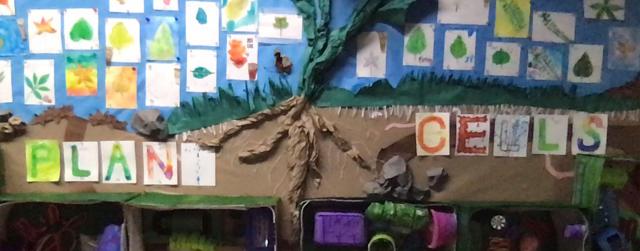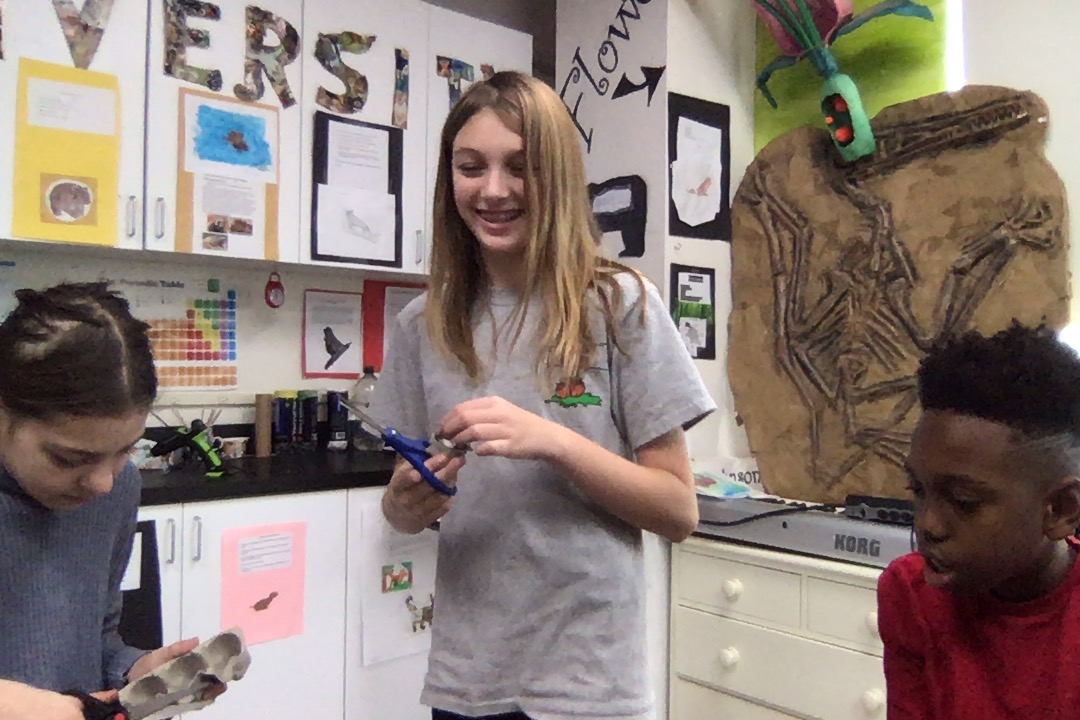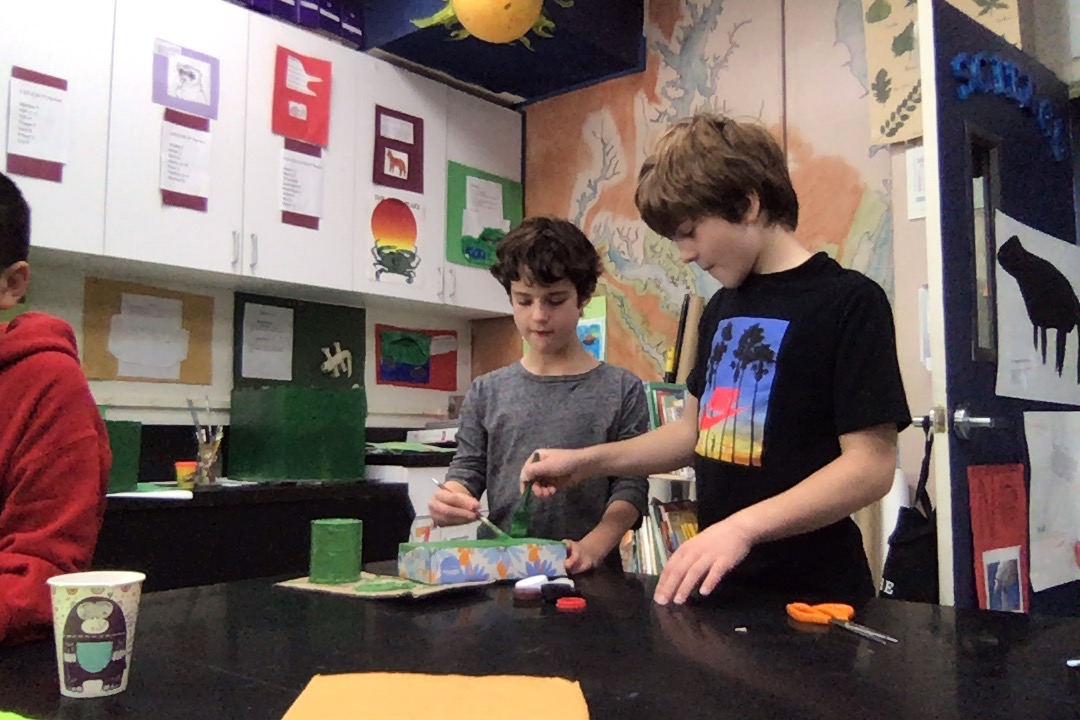

Intermediate
Intermediate e-News - January 12, 2020
Intermediate science students are integrating their knowledge of weather, climate, biomes, plant and animal cells, and adaptations to strengthen their understanding of the world around them.

In the fall, students learned that all living things grow and develop, adapt to their surroundings, use energy, reproduce, and are made up of cells. We studied basic cell biology. Listening to the “cell rap,” students learned the parts and functions of plant and animal cells.
We asked many questions. How does the climate determine which plants and animals can survive in a certain biome? What adaptations have animals made so that they may survive in the tundra? Snowy owls have traded speed for silent flight, allowing them to be more effective predators. How do plants thrive in the dry desert biome? Desert plants have adapted to their environment by developing different means of slowing evaporation. What happens when the food chain is thrown off balance? How can humans lessen their impact on the environment around them? These are important questions, and the answers provide important information in understanding our own survival. In a changing climate, how can humans adapt and survive?
We will take the knowledge that we have gained and apply it as we learn more about the classification of animals and plants, inheritance, and body systems.



